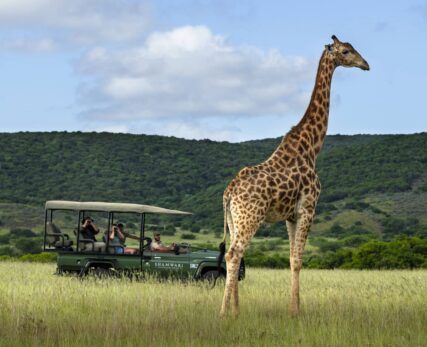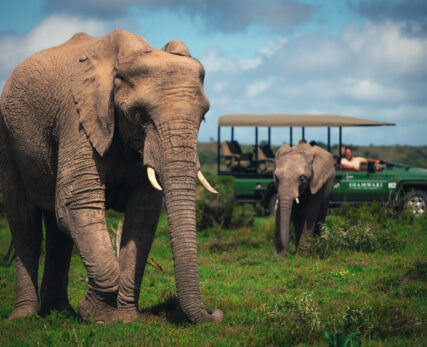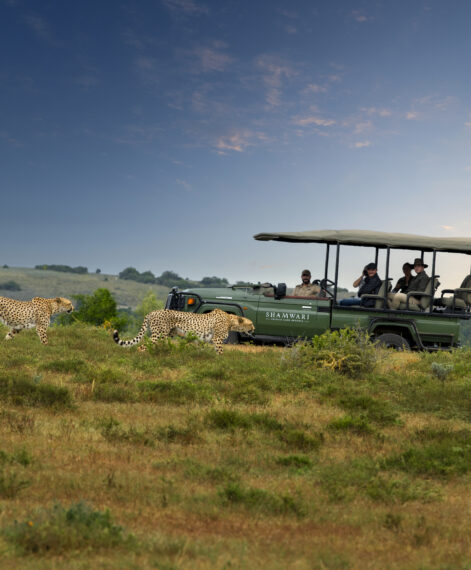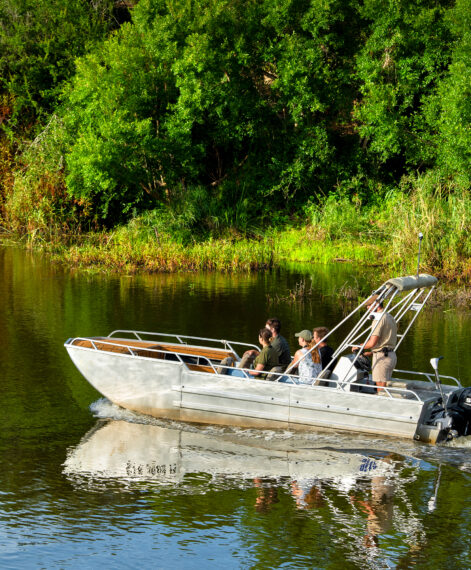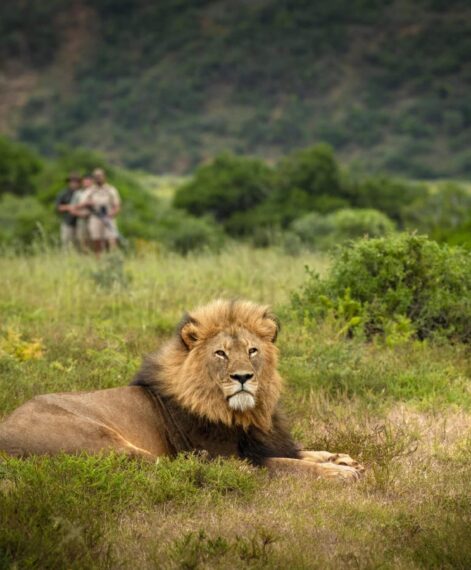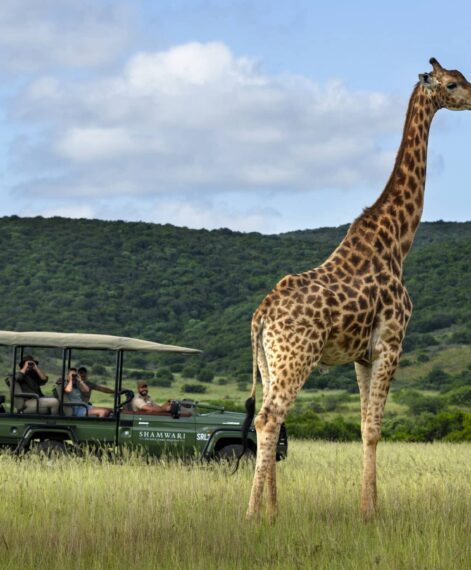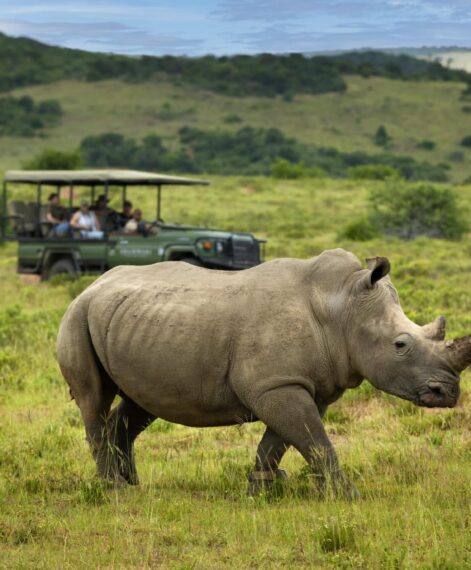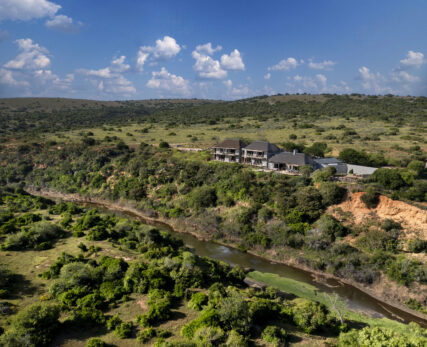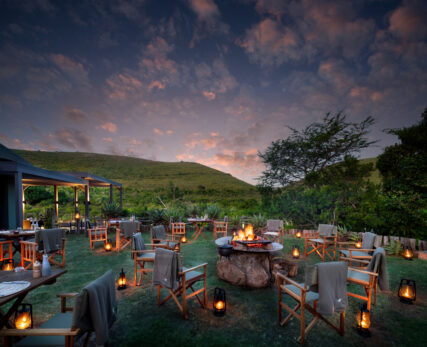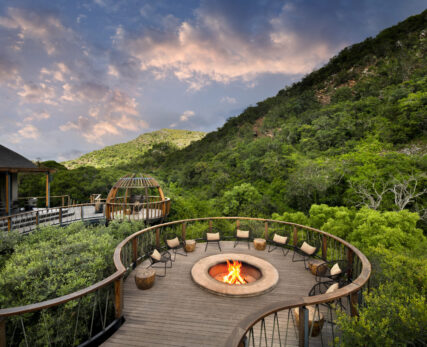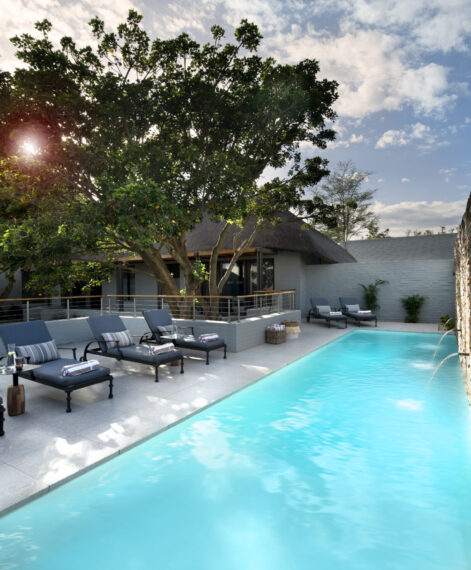It wasn’t all smooth sailing. Nothing of this scale had ever been attempted in the region and lessons were learnt and knowledge gathered as the project progressed.
When oxpeckers from the Kruger National Park were introduced, the little birds landed on Shamwari’s rhinos. Unused to the sensation of birds pecking for ticks, the rhinos stampeded, and the birds flew off. It looked like the experiment had failed, until a while later junior oxpeckers were spotted. The rhinos had adapted, the birds had stayed and were breeding.
It is this sort of trial and error, perseverance, the willingness to learn and exchange knowledge and share experience that has contributed to Shamwari’s success as well as that of the safari sector in the Eastern Cape and beyond.
